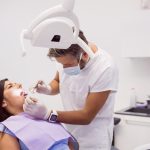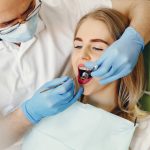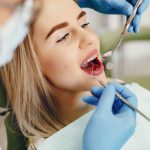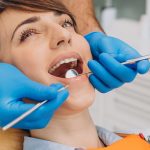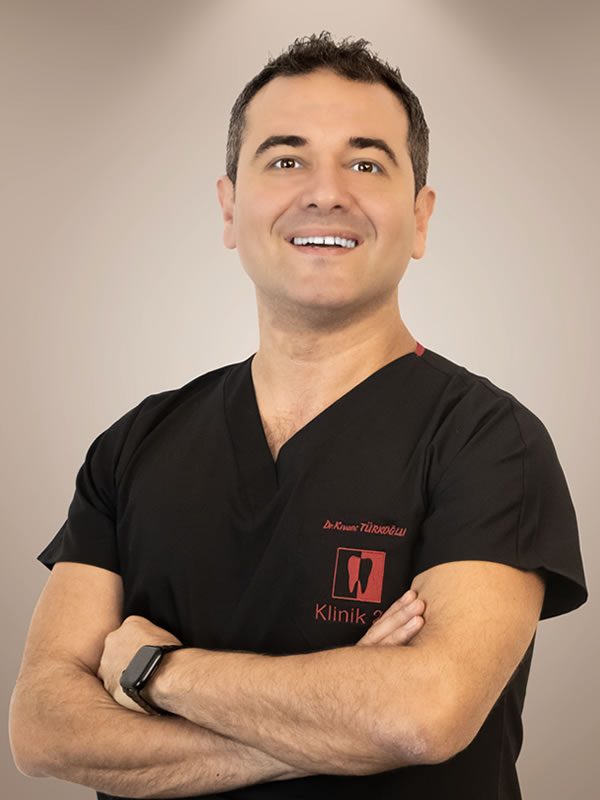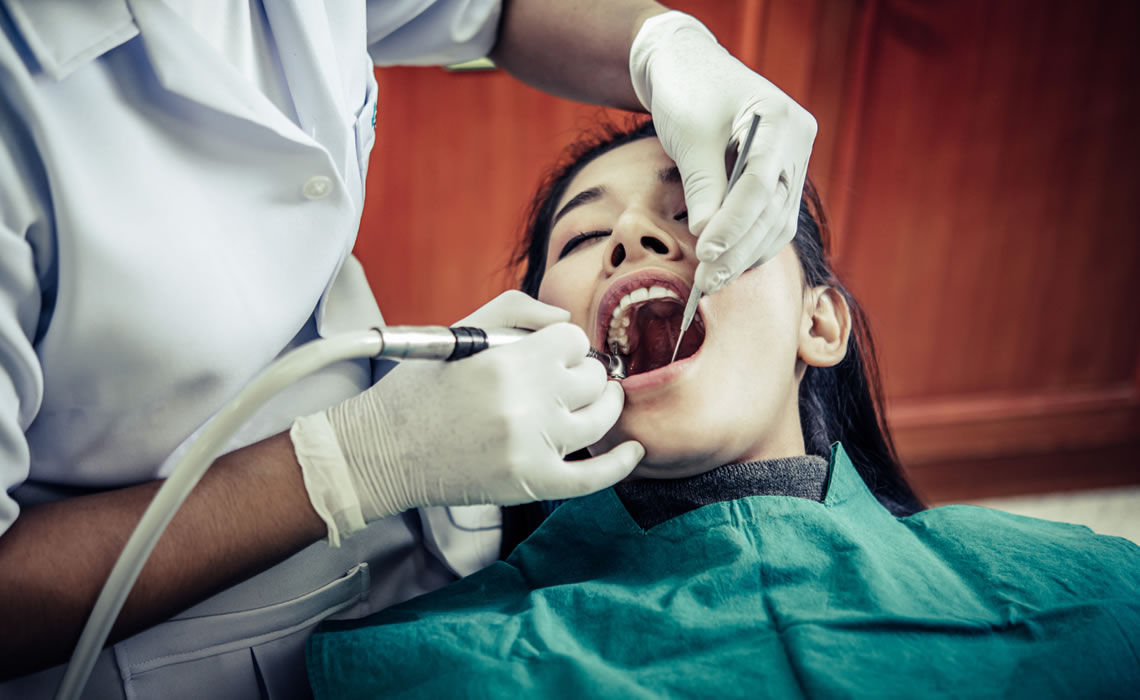
Tooth extraction is a dental procedure commonly performed by dentists when a tooth is damaged beyond repair or needs to be removed for other reasons. This procedure can be a source of concern for many individuals, but with accurate information and proper care, the recovery process after tooth extraction can proceed smoothly. In this article, you will learn more about what tooth extraction is, how it is performed, and the recovery process.
What is Tooth Extraction?
Tooth extraction is typically performed for the following reasons:
Damaged or Decayed Teeth: When a tooth is extensively decayed or damaged beyond salvage, extraction may be considered.
Orthodontic Treatment: In cases of severe crowding, tooth extraction may be necessary for orthodontic treatment.
Disruption to Jaw Structure: If teeth are adversely affecting the jaw structure, tooth extraction may be contemplated.
Emerging Teeth: Developing teeth that impact other teeth during eruption may be extracted.
How is Tooth Extraction Performed?
The tooth extraction process involves the following steps:
Examination and X-rays: The dentist conducts an examination and takes X-rays to assess the condition of the tooth.
Anesthesia Application: In most cases, local anesthesia is applied to the extraction area to ensure the patient does not feel pain.
Tooth Extraction: The dentist gently removes the tooth using specialized tools.
Stopping Bleeding: After extraction, the dentist takes necessary measures to stop bleeding.
Suturing (if necessary): In some cases, sutures may be required, but most extractions are completed without stitches.
Recovery Process
The recovery process after tooth extraction includes the following steps:
First 24 Hours: Applying ice during the first 24 hours post-extraction can help reduce swelling. Additionally, recommended pain relievers should be taken.
Diet: Consuming soft and cold foods in the initial days can aid in the recovery process.
Oral Hygiene: Keeping the extraction site clean is crucial. However, touching the treated area should be avoided.
Follow-up with the Dentist: Regularly attending follow-up appointments scheduled by the dentist is essential.
Avoid Smoking and Alcohol: Smoking and consuming alcohol should be avoided during the recovery process.
Monitor for Complications: If excessive bleeding, infection, or other complications arise, immediate consultation with the dentist is necessary.
The recovery process after tooth extraction can vary for each individual, so it is important to follow the recommendations of the dentist. If there are any concerns, seeking professional advice is always advisable.



